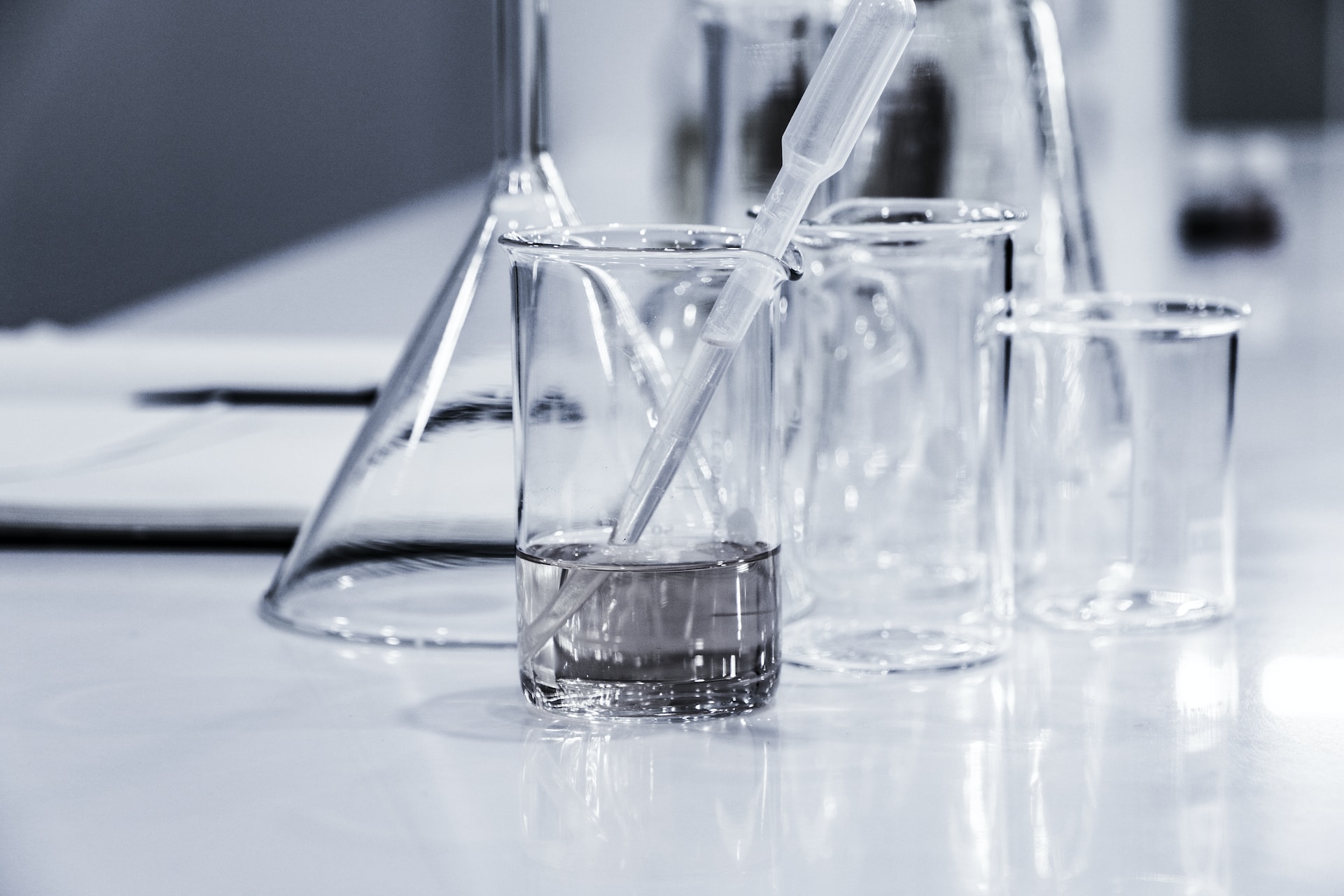Advancements in Atomic Absorption Spectroscopy: Pushing the Boundaries of Elemental Analysis
Atomic Absorption Spectroscopy (AAS) is a powerful analytical technique that has revolutionized the field of elemental analysis. By harnessing the principles of light absorption, AAS enables the quantification of trace elements in various samples.
Agilent atomic absorption spectroscopy stands out for its versatility and reliability among the many instruments available. In this blog post, we will delve into AAS’s world and explore its diverse applications and optimal utilization of its analytical capabilities.
Understanding Atomic Absorption Spectroscopy
At its core, AAS relies on the principle of atomic absorption, where ground-state atoms absorb light at specific wavelengths corresponding to their electronic transitions.
AAS systems contain vital components such as a light source, monochromator, sample introduction system, and detector. These components work together to facilitate the measurement of light absorption and subsequent quantification of analyte concentrations.
Selecting the Right Analytes for AAS
One of the critical considerations when using AAS is selecting the appropriate analytes for analysis. AAS is particularly suitable for the determination of metals and metalloids.
It is essential to consider the element’s atomic characteristics concerning the specific AAS instrument, such as its absorption wavelength, spectral interference, and sensitivity. Additionally, the compatibility of the sample matrices with AAS instrumentation should be evaluated to ensure accurate and reliable results.
Environmental Analysis with AAS
The application of AAS in environmental analysis is extensive. It allows for detecting and quantifying heavy metal contaminants in soil, water, and air samples.
Environmental monitoring agencies rely on AAS to assess the impact of industrial activities, monitor pollutant levels, and ensure regulatory compliance. By precisely measuring the concentrations of elements like lead, cadmium, and mercury, AAS aids in safeguarding environmental health.
Industrial Applications of AAS
Quality control and elemental analysis are critical in ensuring product integrity in various industries. AAS Finds utility in assessing the elemental composition of raw materials, intermediate products, and final goods.
For example, it enables the determination of metal impurities in metals, alloys, and electronic components, thus ensuring compliance with industry standards and specifications. By employing AAS, manufacturers can guarantee the quality and safety of their products.
Pharmaceutical Analysis and AAS
The pharmaceutical industry relies on rigorous quality control measures to ensure the safety and efficacy of drugs. AAS plays a crucial role in pharmaceutical analysis by enabling the detection and quantification of elemental impurities.
AAS assures drug quality and compliance with regulatory guidelines by accurately measuring trace elements such as arsenic, cadmium, and lead in pharmaceutical formulations.
Food and Agricultural Analysis
The analysis of food and agricultural samples is another domain where AAS finds extensive use. It aids in assessing the nutritional content of food products by quantifying essential elements like iron, zinc, and calcium.
AAS is also employed to monitor pesticide residues and heavy metal contamination in agricultural samples, ensuring food safety and consumer protection. By providing reliable data on trace element concentrations, AAS helps maintain the integrity of the food supply chain.
Exploring Advanced Techniques
AAS offers advanced techniques that enhance its analytical capabilities. Hydride generation AAS is utilized for ultra-trace analysis of elements like arsenic and selenium. This technique enables the detection of these elements at deficient concentrations, expanding the scope of AAS applications.
Additionally, AAS systems offer flame and furnace atomization methods, each suited to specific sample types and concentration ranges. Analysts can optimize their analysis and achieve accurate results by selecting the appropriate technique.
Best Practices for AAS
Following best practices when using AAS is crucial to ensure reliable and reproducible results. Sample preparation techniques, such as digestion and dilution, must be carefully executed to minimize matrix effects and ensure analyte stability.
Instrument calibration using appropriate standards and optimization of measurement parameters are vital steps in achieving accurate quantification. Regular maintenance and performance checks are essential to keep the AAS system in optimal working condition, ensuring the instrument’s longevity and accuracy of results.
Future Trends and Innovations
The field of atomic absorption spectroscopy continues to evolve, driven by technological advancements and emerging research areas. AAS is no exception, with ongoing developments and innovations.
Researchers are exploring new applications of AAS in fields such as nanotechnology, environmental forensics, and materials science. Additionally, integrating AAS with other analytical techniques, such as inductively coupled plasma-mass spectrometry (ICP-MS) and atomic fluorescence spectroscopy (AFS), offers exciting possibilities for enhanced elemental analysis and expanded capabilities.
Conclusion
Agilent Atomic Absorption Spectroscopy provides a versatile platform for elemental analysis across diverse industries. Researchers and analysts can unlock valuable insights and ensure accurate results by understanding the optimal utilization of its analytical capabilities.
AAS is an indispensable elemental characterization tool in environmental analysis, pharmaceutical research, or food safety. As the field advances, promising developments will further expand the boundaries of atomic absorption spectroscopy. Stay tuned to explore the exciting possibilities and advancements in AAS.

